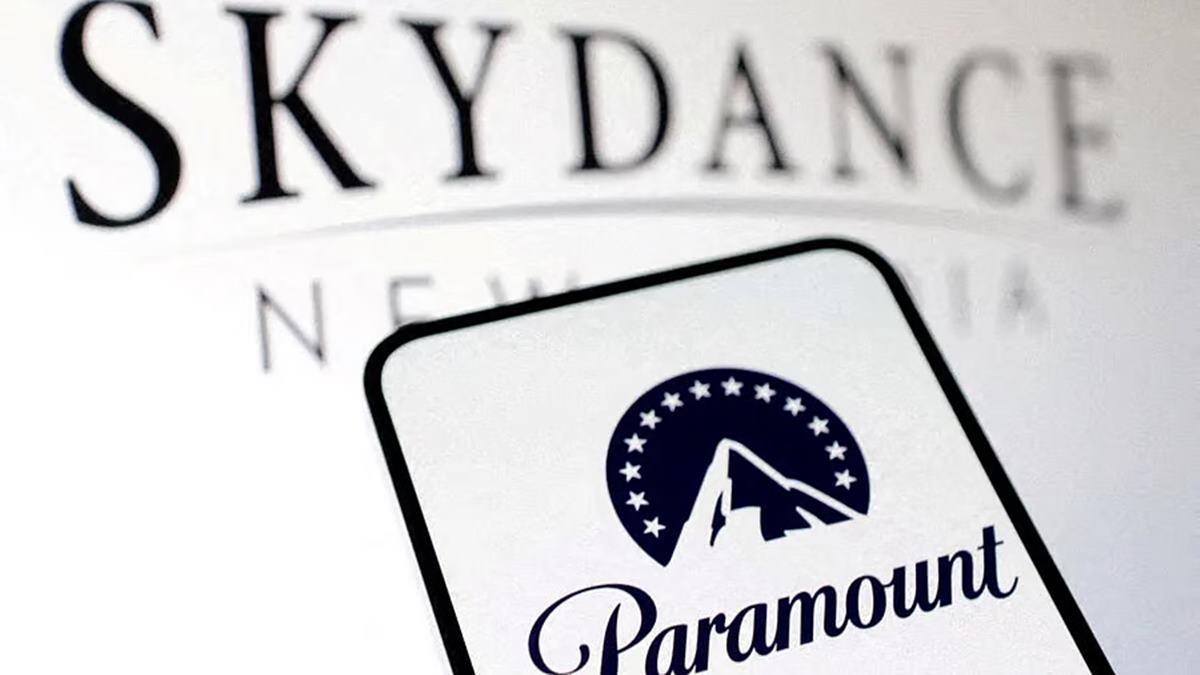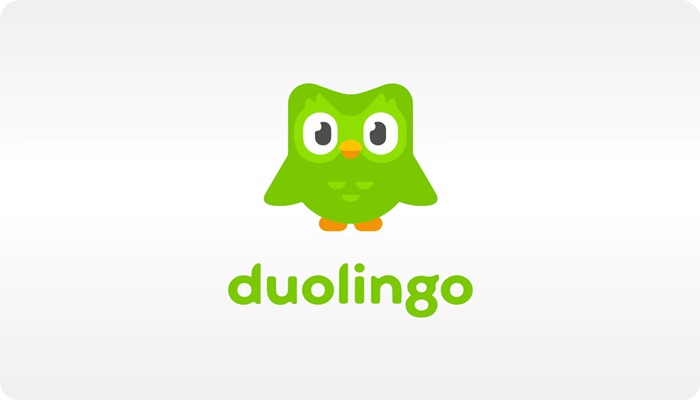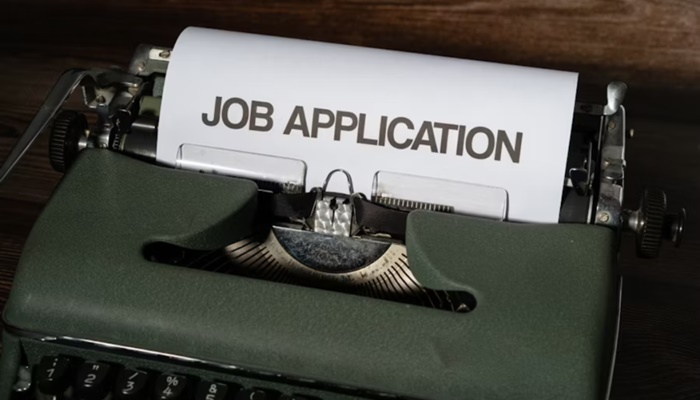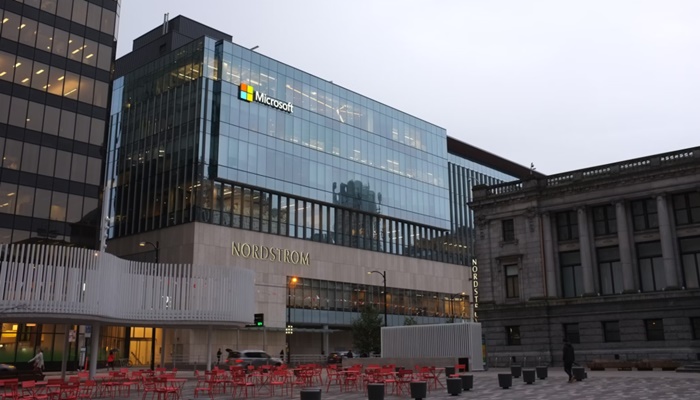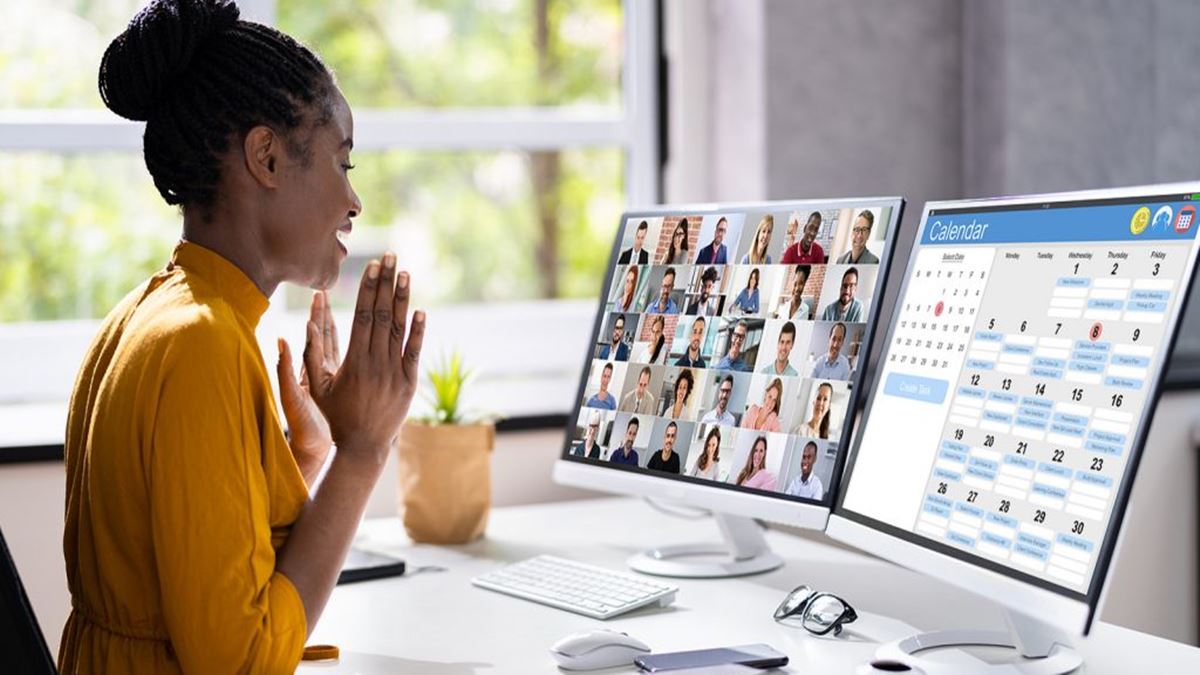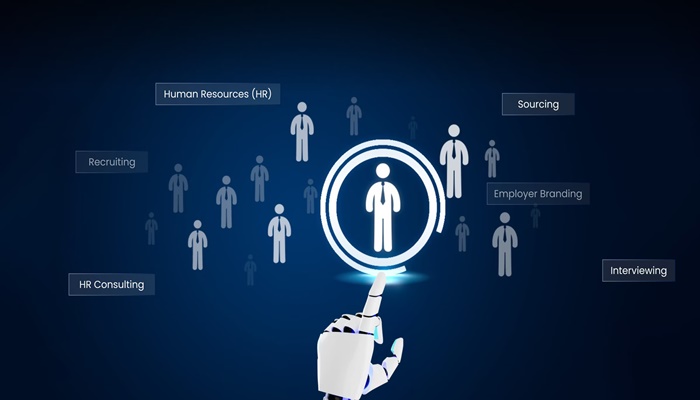Until a few years ago, the biggest hurdle for a job seeker was to get past the application tracking system (ATS), a bot that filters aspirants, to get shortlisted for a position. This meant an error-free resume with the right keywords and formatting.
With the advent of generative artificial intelligence and the proliferation of new-age online tools, all of this can be done in a matter of minutes.
This is great news for candidates, but not so much for recruiters, who are now dealing with a deluge of resumes for roles.
While some companies are deploying AI tools, and stringent assessments for filtering candidates, smaller firms are looking at increasing in-person interaction to hire the right people.
CV deluge
TeamLease Digital CEO Neeti Sharma said close to 25-30% of resumes are now made using AI, compared with 8% last year, and the numbers are growing.
As much as 50% of CVs are written by ChatGPT to match job descriptions, said Xpheno cofounder Kamal Karanth. As a result, the firm has seen a 25% increase in the number of CVs received for any job opening.
“ATS systems have been using technology to filter candidates even before the advent of widespread AI tools,” said Vishalli Dongrie, partner and leader, workforce transformation, PwC India. “With AI-enabled resume crafting, the fitment matching has become more accurate. This has led to an increase in the number of applicants immediately following a job posting.”
That’s increased the time taken to hire people as the number of shortlisted candidates, after the initial filtering, has gone up, requiring more human intervention, said an executive at a Bengaluru-based consulting firm.
Experts also pointed out the need for predictive analytics and sophisticated tools based on historical data to hire candidates.
Human, tech intervention
Apart from crafting polished resumes, candidates are simulating interview responses, making it challenging for recruiters to assess capabilities, rendering traditional screening methods insufficient, said Sunil Chemmankotil, country manager, Adecco India.
“Recruiters now require deeper subject-matter expertise and more sophisticated tools to evaluate candidates effectively,” he said. “To address this, many organisations have adopted AI-powered platforms capable of analysing behavioural cues during virtual interviews, such as detecting lip-syncing or external prompting, to ensure the integrity of the hiring process.”
Organisations with limited and smaller hiring volumes depend on filtering candidates primarily at the in-person interview stage, said PwC’s Dongrie.
“However, for organisations with high-volume hiring such as retail banking, insurance, pharma-sales, the focus has shifted towards implementing stringent assessments for filtering candidates prior to interviews,” he said. “The focus is now more on technical assessments along with existing psychometric and behavioural profiling exercises.”
Xpheno is using AI to filter the top 50 out of every 200 resumes received, and screen further depending on the pool, till it gets to 5-10 candidates, said Karanth.
“As of now, only guarding is through human intervention. You cannot depend on AI as of now in this regard because that might not lead to a fruitful outcome,” he said. “For more senior roles, around 70-75% of the applications are through references.”
Fractal employs technical assessments, case studies and proctored live interviewing, which uses AI to detect hand-eye movement, said hiring lead manager Divya Bajaj.
Challenges
AI hallucination and bias are still concerns, said Sharma of Teamlease.
“The biggest challenge this poses is making sure that it doesn’t have the same bias that a human recruiter would have,” she said.
While AI can cover most blind spots, it’s getting harder to differentiate between an AI-generated video of a candidate and the real thing.
“We need to make sure that our recruiters are skilled enough to identify this difference; otherwise, we would fall flat in the market,” Sharma said. “The only solution to this is the upgradation of data sets, proper and regular monitoring, and governance.”
While AI helps with productivity and improves recruitment processes, the inherent flaws mean it can’t be relied upon completely, Chemmankotil said. These include concerns over bias and fairness and the need for platforms that can be integrated into current systems to make them efficient.



